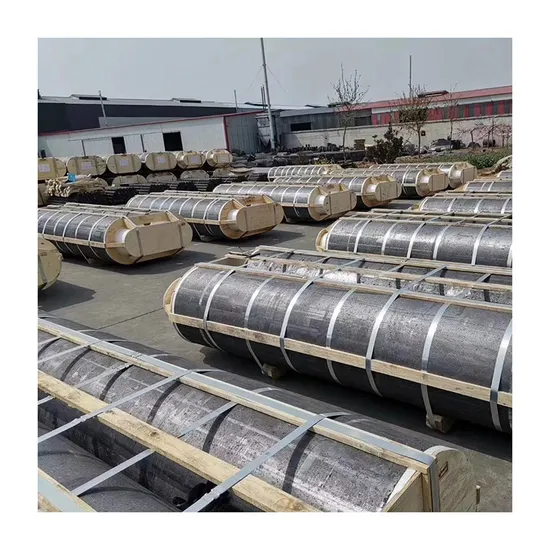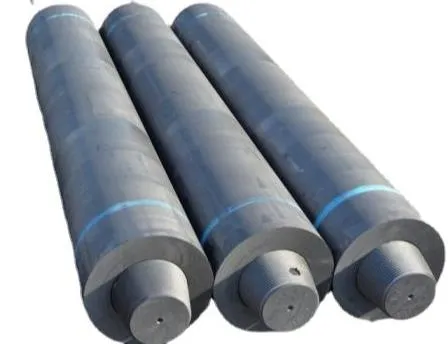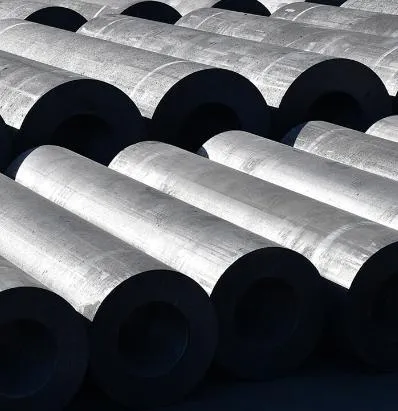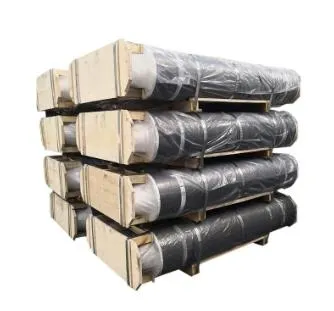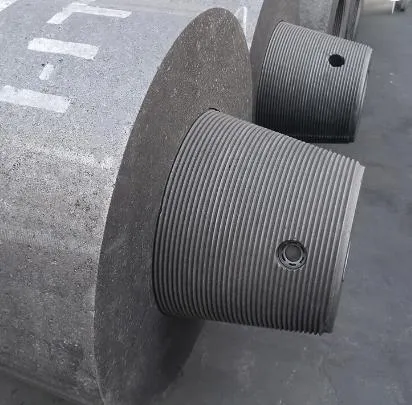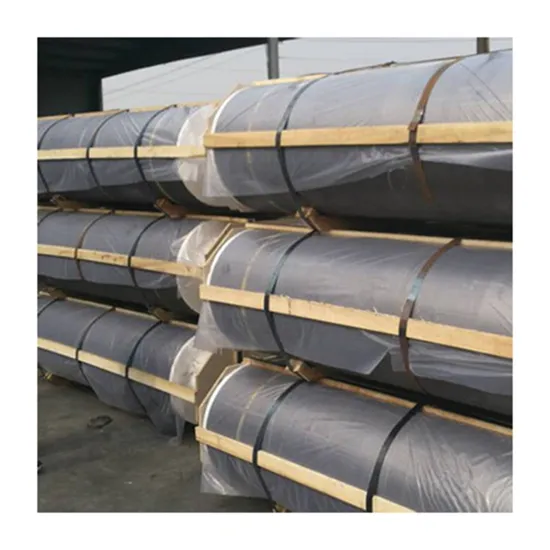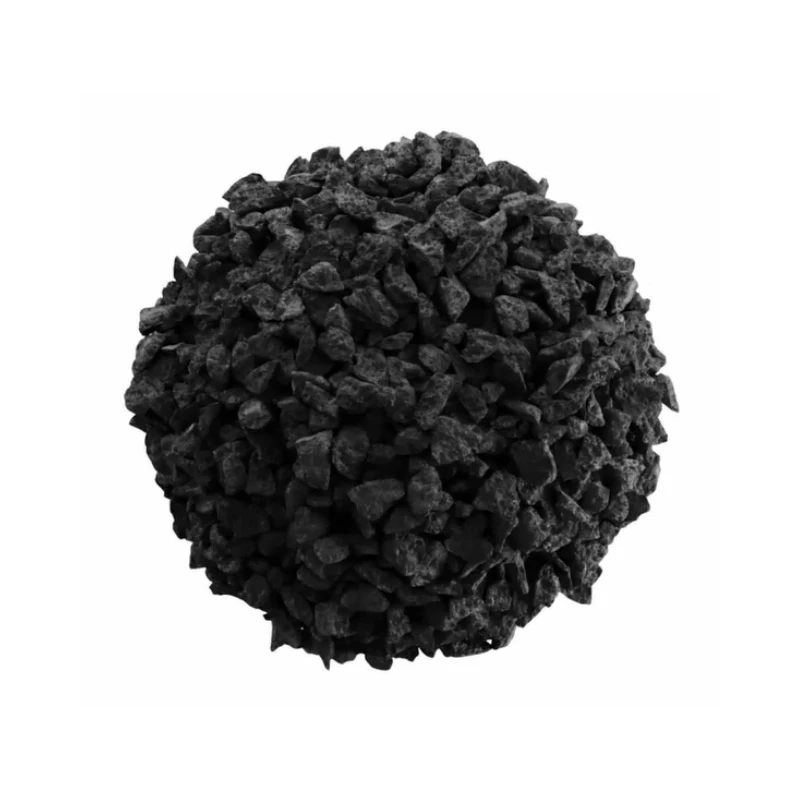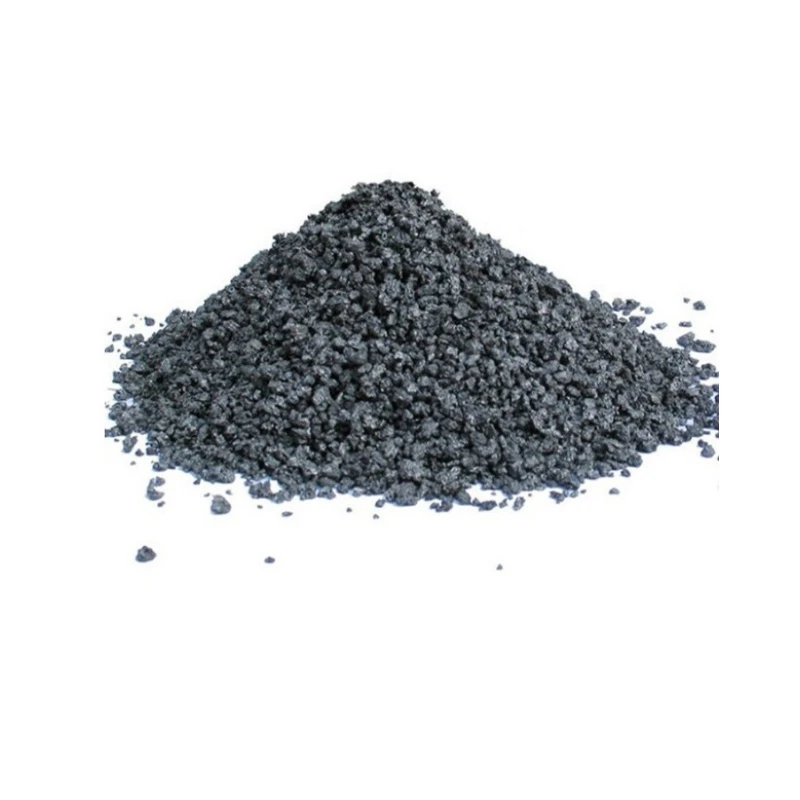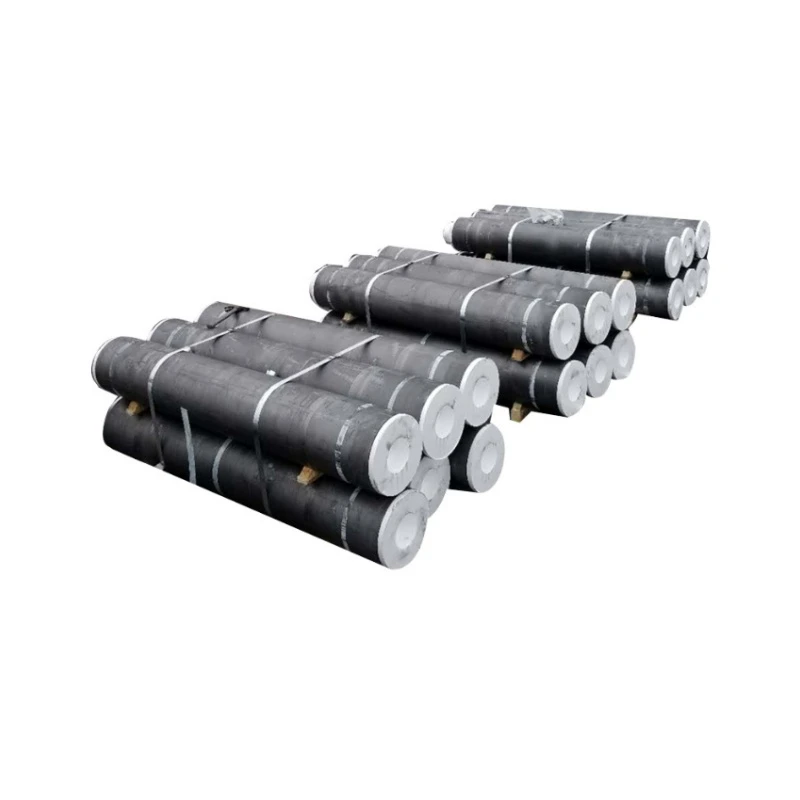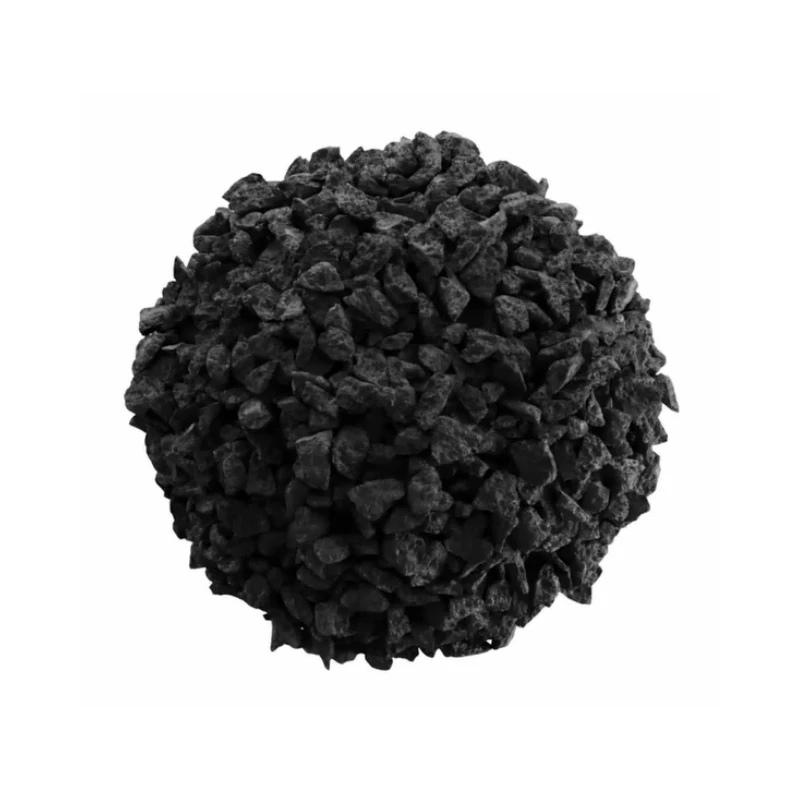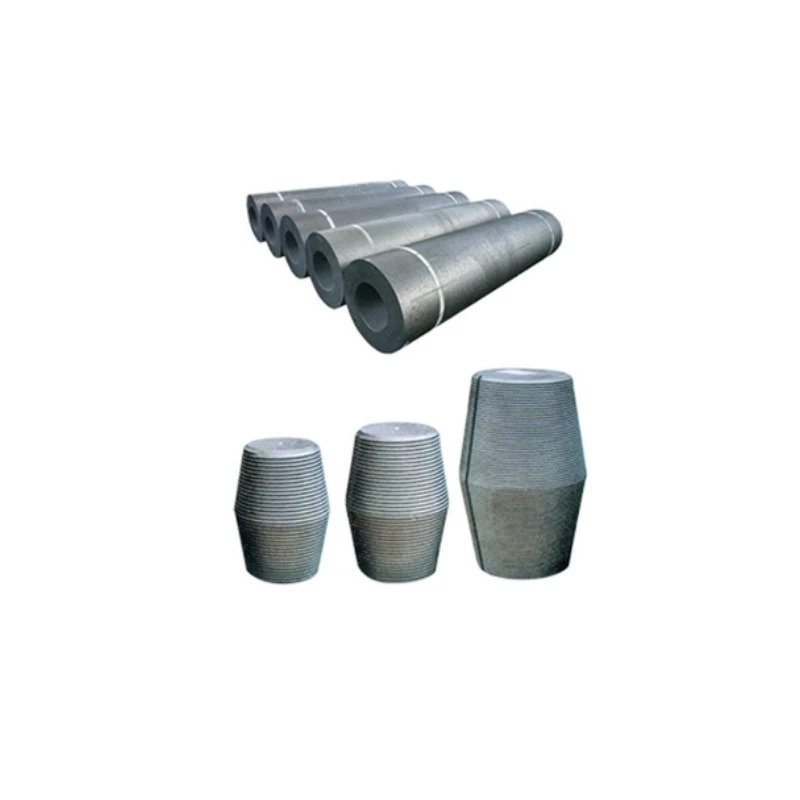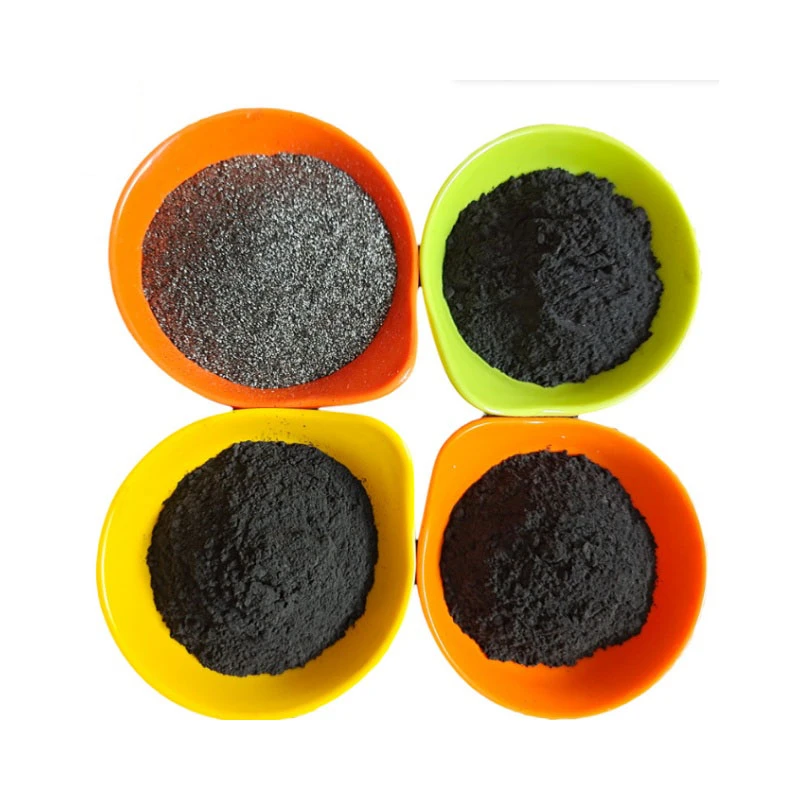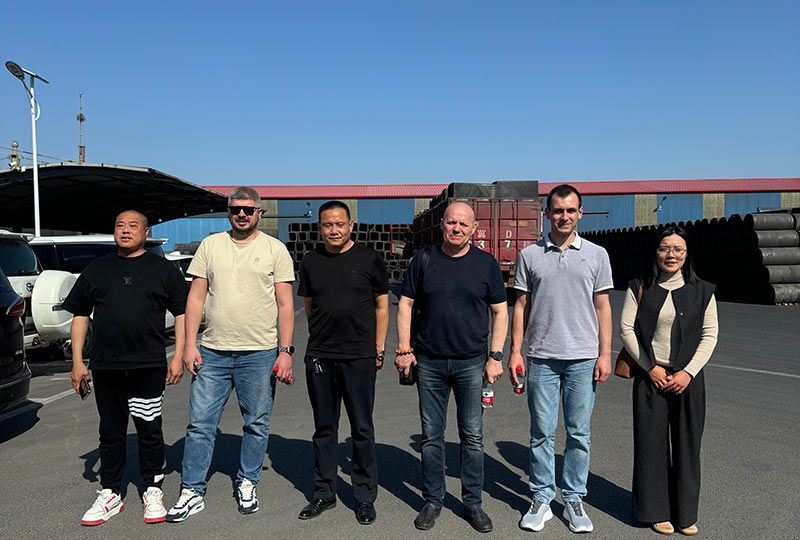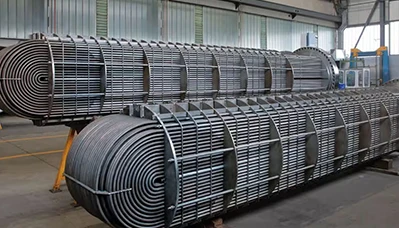- Englist



- Introduction to Carburizing Processes
- Core Principles of Heat Treatment
- Technical Advantages Across Methods
- Vendor Comparison: Key Metrics
- Custom Solutions for Industry Needs
- Implementation Case Studies
- Future Trends in Surface Hardening

(types of carburizing process)
Understanding Types of Carburizing Process
Modern manufacturing requires precise surface hardening techniques, with carburizing processes accounting for 68% of case hardening applications globally. Three primary methods dominate industrial use:
- Gas carburizing (72% market share)
- Liquid carburizing (19% market share)
- Vacuum carburizing (9% market share)
Recent studies show vacuum carburizing adoption growing at 14.7% CAGR due to reduced distortion rates (≤0.05mm vs 0.2mm in gas methods).
Fundamental Mechanisms in Metallurgy
Carburizing effectiveness depends on carbon diffusion rates (typically 0.1-0.3mm/hour) and process control parameters:
| Parameter | Gas | Liquid | Vacuum |
|---|---|---|---|
| Temperature Range | 850-950°C | 800-900°C | 950-1050°C |
| Carbon Potential | 0.8-1.2% | 1.5-2.0% | 0.7-1.5% |
| Cycle Time (20mm depth) | 8-12h | 4-6h | 5-8h |
Performance Benchmark Analysis
Leading manufacturers optimize these processes differently:
| Vendor | Hardness (HRC) | Case Depth Tolerance | Energy Consumption |
|---|---|---|---|
| Bodycote | 58-62 | ±0.05mm | 12kW·h/kg |
| IHI | 60-64 | ±0.03mm | 14kW·h/kg |
| Praxair | 56-60 | ±0.08mm | 10kW·h/kg |
Vacuum systems show 23% better energy efficiency than traditional salt bath setups.
Tailored Process Configurations
Customization options address specific material requirements:
- Low-pressure carburizing (LPC) for complex geometries
- Plasma-assisted methods for stainless steels
- Pulsed gas flow for thin-section components
Aerospace applications typically require 0.25-0.40mm case depth with microhardness ≥650 HV.
Industrial Application Scenarios
Automotive transmission gears processed via vacuum carburizing demonstrate:
- 35% longer fatigue life compared to gas-treated parts
- Surface roughness maintained at Ra 0.8-1.6μm
- Scrap rate reduction from 5.2% to 1.8%
Evolution of Carburizing Hardening Process
The $4.7B global carburizing market is shifting toward:
- AI-controlled atmosphere systems (±0.02% C accuracy)
- Hybrid laser-carburizing techniques
- Low-emission processes meeting EPA Tier 4 standards
Recent advancements enable simultaneous carburizing and nitriding (Duplex Treatment) achieving 800-1000 HV surface hardness.

(types of carburizing process)
FAQS on types of carburizing process
Q: What are the main types of carburizing processes?
A: The primary types include gas carburizing, liquid carburizing (salt bath), and pack carburizing (solid). Gas carburizing uses hydrocarbon-rich atmospheres, while liquid carburizing employs molten salt baths. Pack carburizing involves enclosing parts in carbon-rich solid materials.
Q: How does gas carburizing differ from liquid carburizing?
A: Gas carburizing uses methane or propane gases to diffuse carbon into steel at high temperatures. Liquid carburizing utilizes cyanide-based molten salts for faster carbon absorption. Gas carburizing is more environmentally friendly compared to liquid methods.
Q: What is the role of carburizing in the heat treatment process?
A: Carburizing heat treatment increases surface hardness by enriching low-carbon steel with carbon. It involves heating the material in a carbon-rich environment, followed by quenching. This process enhances wear resistance while maintaining a tough core.
Q: Why is pack carburizing used for specific applications?
A: Pack carburizing is ideal for large or irregularly shaped components requiring deep case depths. It uses charcoal or carbon-rich powders packed around the workpiece. This method is cost-effective for low-volume production but slower than gas or liquid carburizing.
Q: How does carburizing hardening improve mechanical properties?
A: Carburizing hardening creates a hard, wear-resistant surface layer through carbon diffusion. The core remains ductile, providing impact resistance. Post-carburizing quenching further enhances surface hardness and durability.





 Pervious
Pervious
 Next
Next
